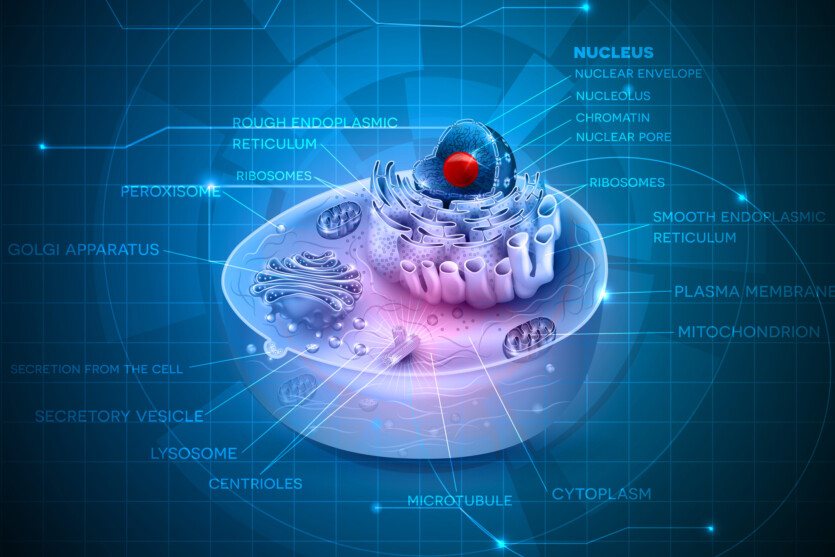
Biologists are now seeking to use artificial intelligence to create virtual human cells, which will become an alternative to complex computer models.
In particular, one of the leaders of the Chan Zuckerberg Initiative research project at the California Redwood City Stephen Quake notes, that the goal is to create computational tools for the transition cell biology from 90% of experiments to 90% of computations. Currently, artificial intelligence models are able to process and generate information that may take weeks to experimentally validate, including modeling the reactions of cancer cells to certain drugs.
«It will be a very powerful tool for understanding what goes wrong in disease treatment. It will allow scientists to experiment with virtual cells to confirm predictions», — explains Stephen Quake.
Attempts creation of virtual cells has already aroused widespread interest among researchers. The Chan Zuckerberg Initiative plans to invest hundreds of millions of dollars in the creation of virtual cells over the next 10 years.
Meanwhile, Google DeepMind CEO Demis Hasabis also confirmed earlier this year that his company is also working on a project to develop virtual cells. There is a similar project in Sweden, where scientists from the Science for Life laboratory are working on their own virtual cell model called Alpha Cell, which is planned to be launched in 2026.
However, a number of scientists point out that the rush to create virtual cells is causing a lot of hype, but in practice, there is no clear success or concrete results. Biologists have been using computer models to predict cell behavior for decades. In 2012, scientists created the first computational model of an entire cell, reflecting the inner workings of the bacterium Mycoplasma genitalium, which has only 525 genes.
The current approach to virtual cell development is to use advances in artificial intelligence to generate more complex cellular mechanisms. Early attempts to create virtual cells were based on the use of only one type of data, obtained experimentally as part of sequencing of all RNA molecules in individual cells. These data formed the basis of a gene activity catalog and instantaneous recording of current cell states.
The catalogs are used to create atlases displaying different types of cells in the human body. Now, researchers are using these datasets to create virtual cells using AI. The Chan Zuckerberg Initiative plans to make data on about 1 billion cells public. In particular, Arc Institute recently presented the first virtual cell model called State.
Meanwhile, some researchers note that such models are not yet powerful enough to make clear predictions that can be used beyond the data they were trained on. According to most researchers, virtual cell models should also include other types of data, including images taken with optical and electron microscopes. Such data will allow AI-based models to understand how different components within cells interact with each other and how cells themselves change over time.
In addition, there is still no clear definition of virtual cells, as the concept can include different things depending on the needs of different people. However, scientists expect that truly effective AI models that can control virtual cells may well appear in the near future.
Source: Nature

Spelling error report
The following text will be sent to our editors: